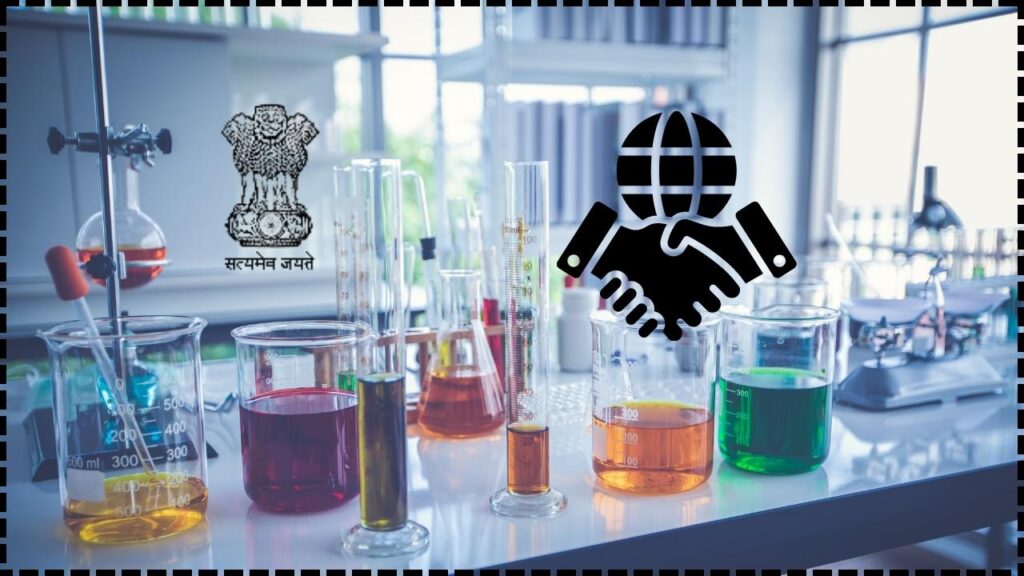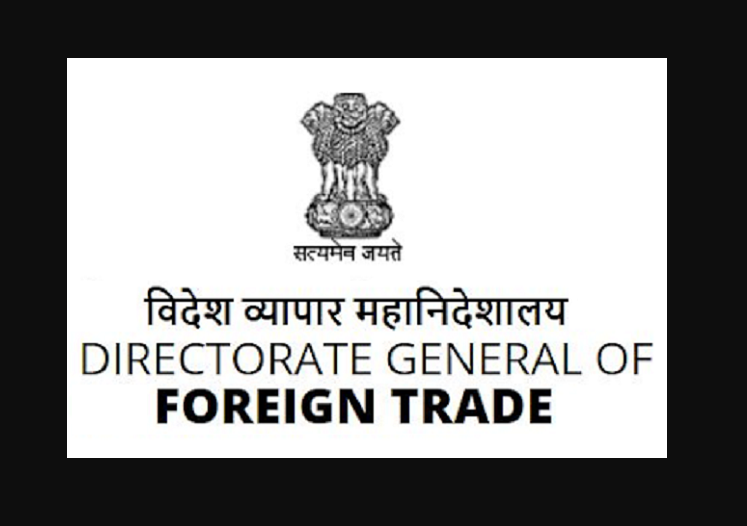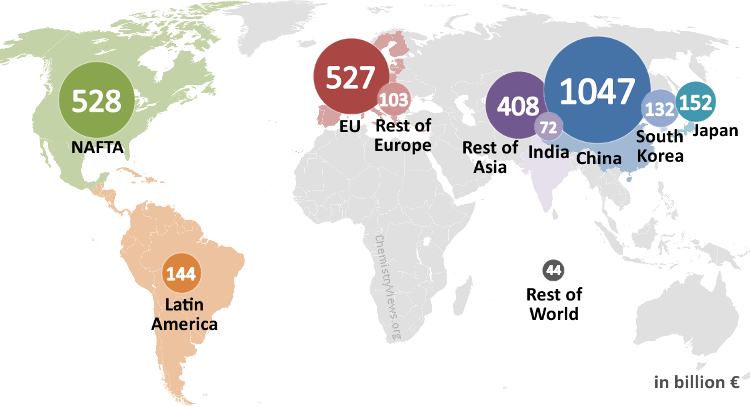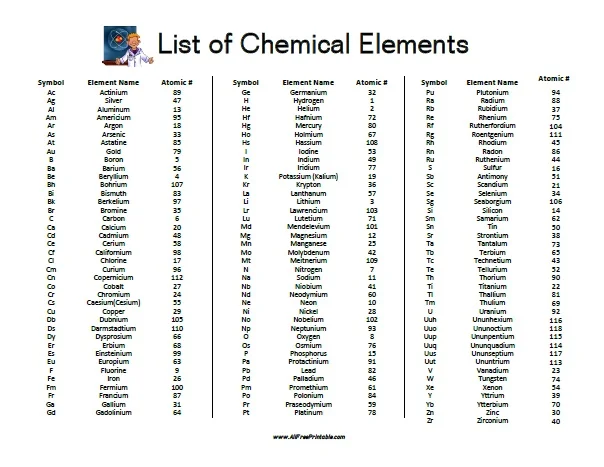DGFT Expands GAEC Scope: The Directorate General of Foreign Trade (DGFT) has recently made a significant update to its General Authorisation for Export of Chemicals and Related Equipment (GAEC). In a move that will shape the future of global trade in chemicals, the DGFT has expanded the scope of this authorisation under the new amendments to Paragraph 10.16 of the Handbook of Procedures (HBP) for 2023. This change, officially documented in Public Notice No. 17/2025-26 on July 30, 2025, introduces a range of new chemicals to the list and expands the number of eligible destination countries. But what does this mean for businesses, exporters, and professionals in the field? In this article, we’ll break down the key amendments, explore the implications for exporters, and offer a comprehensive guide on how businesses can navigate this new landscape. Whether you’re a seasoned exporter or just getting started, we’ve got you covered with practical advice, real-world examples, and the key information you need to know.
DGFT Expands GAEC Scope
The recent amendments to GAEC are a game-changer for exporters in the chemicals industry. By opening up new markets and simplifying the application process, the DGFT is making it easier for businesses to expand globally. For exporters, this means faster approvals, less red tape, and more opportunities for growth. As we move forward, staying informed and using the updated system will ensure that businesses can take full advantage of the benefits these amendments offer.

| Key Update | Details |
|---|---|
| Expanded Chemical List | New chemicals added to Appendix 10(N) for export and re-export. |
| Additional Destination Countries | More countries are now eligible for GAEC, with room for further expansion. |
| Optional Supporting Documents | Supporting documents such as Authorised Economic Operator (AEO) Certification or Status Holder Certificates can be submitted. |
| Easy Application Process | Online submission required through ANF-10A, simplifying the process. |
| Official Resource | DGFT Public Notice No. 17/2025-26 |
What is GAEC and Why Does It Matter?
GAEC stands for General Authorisation for Export of Chemicals and Related Equipment. Essentially, it’s a streamlined way for businesses to get permission to export chemicals and certain equipment without having to jump through too many regulatory hoops. This is especially important for businesses dealing with chemicals that are subject to international regulations. By offering a more flexible and inclusive system, the DGFT is making it easier for exporters to expand their reach.
Before the amendments, the GAEC was limited in scope. However, the new changes now allow for more chemicals and a broader range of destination countries to be included. Let’s dig into the updates and break them down into digestible parts.

What’s New with the Amendments?
The biggest takeaway from the recent amendments is that more chemicals are now included in the export list. Specifically, chemicals previously listed under Appendix 10(N) are now part of the GAEC category. This means that businesses can now export a wider range of chemicals, including those used in various industries like pharmaceuticals, agriculture, and manufacturing, without requiring individual export authorisations.
Another big update is the inclusion of more destination countries in the GAEC framework. Exporters are now able to propose additional countries that were not initially included in the original list. This opens up new opportunities for trade and global business expansion. If you’re wondering how this could impact your business, think of it as gaining access to new markets, with reduced paperwork and faster approval times.
How Does This Benefit Exporters?
For businesses involved in exporting chemicals, the amendments simplify the process significantly. Before, companies had to go through time-consuming authorisation procedures for each export shipment. With the new amendments, streamlined online processes make it quicker and easier to apply for GAEC approval. All exporters need to do is submit the necessary details via the ANF-10A form, which is available online through the DGFT’s website.
Moreover, the new list of chemicals and the inclusion of more countries in the GAEC framework means that exporters can broaden their market reach without the need for additional compliance hurdles. This not only saves time but also reduces the cost of navigating complex export regulations.
Practical Advice for Exporters
If you’re an exporter or run a business that deals with chemical exports, you’ll need to adapt to these changes. Here’s how you can stay on top of things:
- Check the Updated List: Ensure the chemicals you wish to export are included in the updated Appendix 10(N). If they aren’t, you can still propose them for consideration.
- Use the Online System: The application process is now completely online. Familiarize yourself with the ANF-10A form and submit your details electronically.
- Consult with the DGFT: If you plan to export to a new country not listed, make sure to submit the proposal to the DGFT for consideration.
- Prepare Supporting Documents: While not mandatory, submitting additional documentation, such as an AEO Certificate or Status Holder Certification, can strengthen your application and make the process smoother.
- Stay Informed: Regulations around export authorisations can change. Make sure to keep up-to-date with official resources, like the DGFT website and the Public Notice No. 17/2025-26 for the latest information.

Example: How These Amendments Could Impact Your Business
Let’s say you’re a company based in the U.S. that manufactures industrial-grade chemicals. Before the amendments, your chemicals could only be exported to a select number of countries under the GAEC framework. Now, with the new amendments, you can export your products to a much broader list of countries, including some in South America and Africa, which previously required separate approvals.
If you’ve been looking to expand your global footprint, these changes open up exciting opportunities. Imagine the potential growth in revenue and market share when you’re able to export more efficiently to more places. It’s a win-win for companies looking to scale their operations globally.
Real-World Example: Pharmaceutical Exporter
Imagine a pharmaceutical company that produces high-demand chemicals used in manufacturing vaccines. Before these changes, the company could only export to a handful of countries, and each shipment required separate approval. With the new amendments, the company can now export to a wide range of countries more easily. The online application system saves time, and the inclusion of additional chemicals under GAEC simplifies compliance. This allows the company to focus more on its business operations and less on regulatory hurdles.
Key Takeaways
The amendments to GAEC provide an excellent opportunity for chemical exporters to streamline their export process and expand into new markets. By reducing bureaucratic barriers and broadening the range of eligible chemicals and countries, the DGFT is helping businesses reach a larger global audience while maintaining compliance with international regulations.
For those looking to expand their reach, understanding the GAEC framework is crucial. As the world becomes more interconnected, being able to navigate these changes quickly and effectively will give businesses a competitive edge in the international market.

India’s Manufacturing Boom Pushes July GST Inflows Up by 7.5 Percent
Punjab Achieves Staggering 32% GST Growth in July—Finance Minister Harpal Singh Cheema Reveals
What’s Next?
As the trade landscape continues to evolve, understanding the regulatory environment is more important than ever. This GAEC expansion is a step towards facilitating smoother global trade for chemical exporters, and businesses that can keep up with these changes will be positioned for success.
If you are in the business of exporting chemicals, now is the time to familiarize yourself with the new requirements. Take advantage of the online application process, submit your proposals for new countries, and ensure your chemicals are on the updated list.
With these changes in place, the process of exporting chemicals has never been easier or more inclusive. Whether you are a small business or a large multinational, the world is your oyster — and the GAEC framework is the tool that can help you open it.










